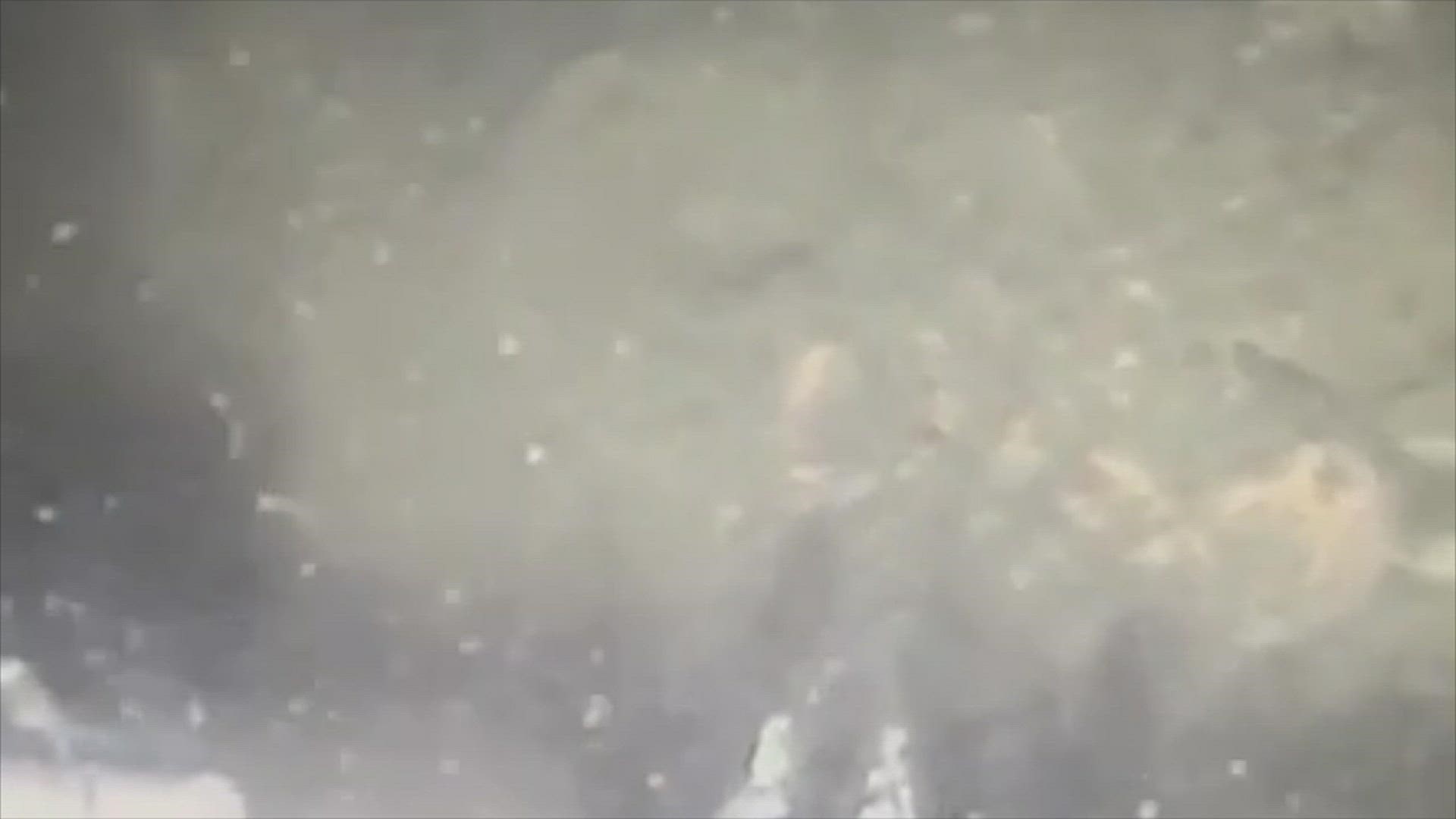
Methane gas bubbles are found to be rising from the seafloor of Puget Sound by UW researchers.
SEATTLE — Methane is a significant greenhouse gas, and hundreds of plumes are emerging from seismic cracks beneath Puget Sound.
Paul Johnson, an oceanography professor who has been at the university since 1967, said of the latest research on the plumes, "I find it astounding." He has worked as a professor at the University of Washington (UW) for more than 50 years. "Nobody was aware that these plumes were present."
While the largest research ship for the University of Washington was sailing back to port in 2011, scanning sonar was left operating and picked up the streams of bubbles, according to Johnson. Nobody discovered the gas plumes until one of his former students started reviewing the data from the "Tommy Thompson," which had been conducting unrelated research in the open ocean.
She is asking what those bubbles coming from the Kingston Arch at the ferry dock in the Puget Sound, according to Johnson.
In 2019, student research excursions on a smaller research vessel discovered more bubbles off Alki Beach. Additionally, bubbles were discovered coming up from the Seattle Fault Zone close to Alki Point and the South Whidbey Island Fault to the north.
The National Science Foundation awarded a team $100,000 to fund a separate cruise as a follow-up.
An image that was combined showing the plumes and areas close to the Kingston ferry pier. The blue lines rising in the lower panel stand in for the plumes.
According to Johnson, "it says in some way that these fault zones are influencing where this methane comes out" that there are roughly 20 clusters of plumes near Alki Point and the Seattle Fault that extend all the way to Bainbridge Island.
According to Johnson, there are two main causes for worry.
In the open ocean, methane plumes are nothing new, but they are increasingly common at depths where the gas is absorbed by the water column before reaching the surface.
Although deep, the Puget Sound is not so deep. According to Johnson, roughly half of the methane produced in Puget Sound might be released into the atmosphere.
Johnson added, "It's significant on the scale of natural sources, but it's modest compared to leaking natural gas pipes."

Methane bubble plumes erupting from the bottom of Puget Sound
To better understand the total composition of methane gases driving climate change, Johnson is interested in learning how this naturally occurring methane interacts with the base layer of greenhouse gases.
Additionally, he is interested in finding out where the methane may be coming from and whether gas leaks from earthquake faults that are known to be susceptible to strong shaking have any bearing on the likelihood of an earthquake.





 Sound Seismic
Sound Seismic